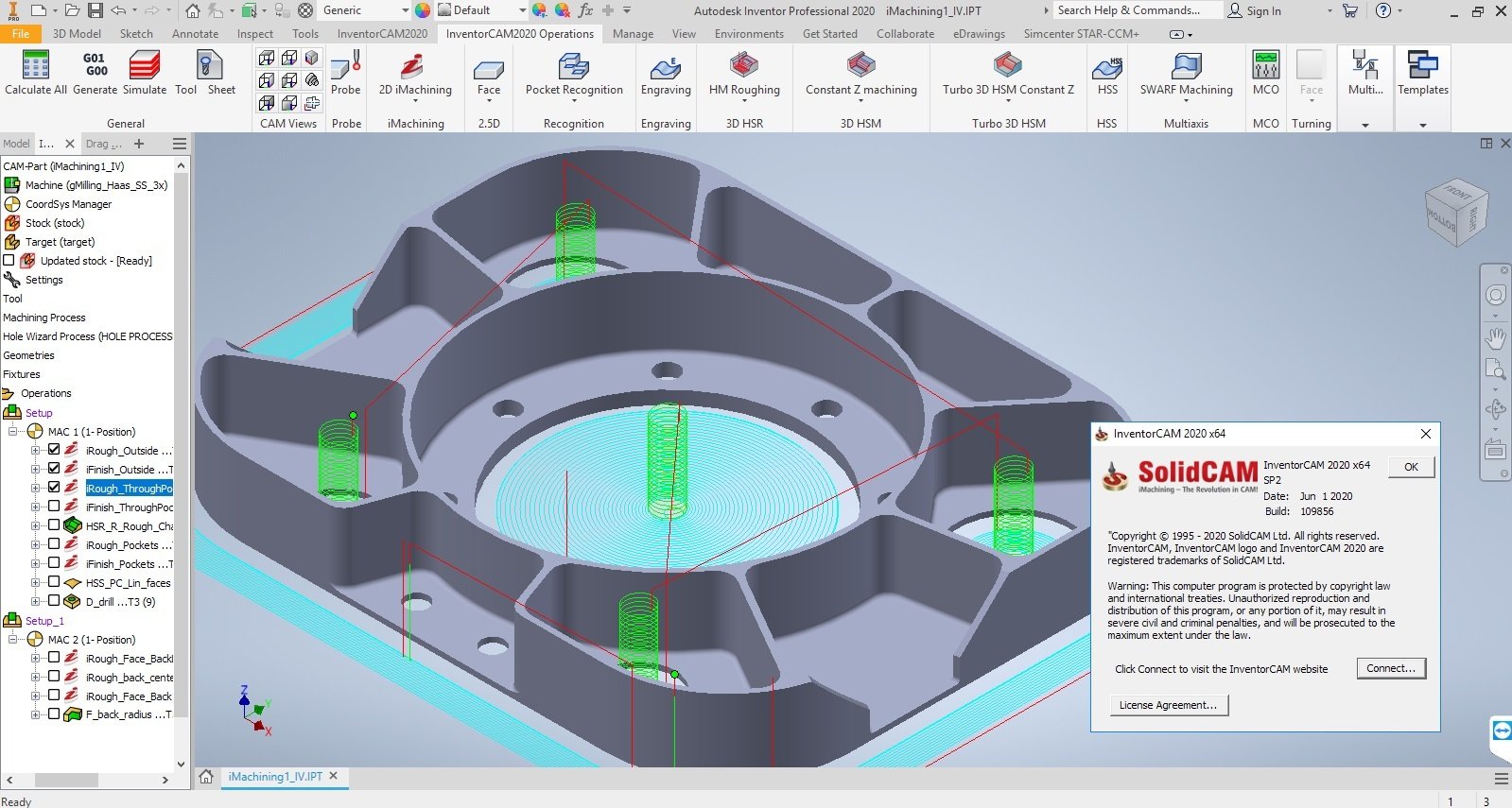



We set the profile for only a single pass which we have set as drill straight. Now we move to the back piece and create a new part for it so it can be run individually if necessary. The ones with an X in them will not actually rout. We will set the feed rate lower on the roughing to offset this. If you want to adjust this you need to set the spacing to at least. You will notice that only the finishing is able to pass through the separation lines. We press CTRL+T to generate the tool paths. Now all lines should be joined and we can do a roughing and finishing profile. This is not done in Inventor so we need to do this in CAMBAM. You will notice that the lines are not joined so we need to join and close the lines. We pick up on part 10 by setting the profile in CAMBAM for roughing and finishing. In the 10th and final part of the series we will be showing the final result from design to fabrication on the CNC machine.


 0 kommentar(er)
0 kommentar(er)
